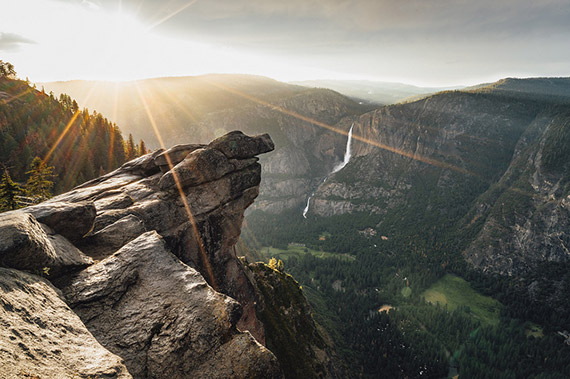A camera lens is made up of several elements—pieces of special glass ground to a specific curve according to computer calculations. Each element directs light in a particular way and corrects aberrations caused by other lens elements. A telephoto lens may have from 10 to 20 elements.
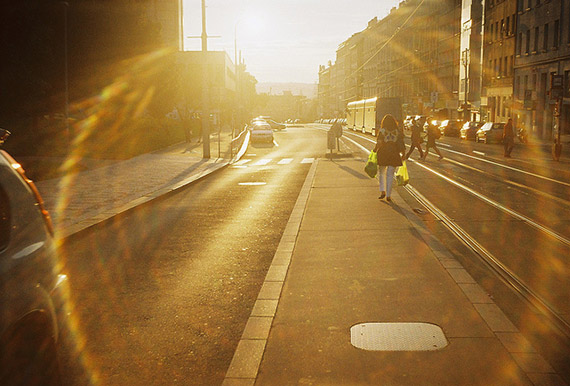
photo by Marketa
Usually, elements are joined together with optically clear cement in groups. Rare earth components and minerals are used to make each element perform its task efficiently, and these elements are coated with high quality anti-reflective coatings. It’s a highly complex and expensive process, yet in spite of all the research the perfect lens has to date not been made.
What Causes Lens Flare?
If a very bright light from outside the subject hits the glass, the reflections can cause a range of major image effects. These include washed out color, loss of contrast, bright shapes in the image, often polygonal, the shape of the diaphragm. It’s not unusual to see bright streaks as well. The name for these occurrences is lens flare, which can occupy a large portion of the image area. Because flare is much brighter than the subject it tends to pull the viewer’s eye toward it, sometimes losing the impact of the picture.
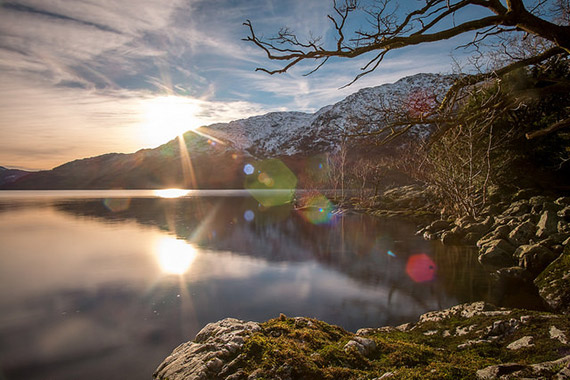
photo by Mark
Is the sun the only cause of flare?
It’s the most common one, but any source of bright light will do it. So you could get a street light, car headlight, even the full moon in a night shot. The light source does not have to be in the frame, but any stray light just outside it can cause an obvious effect. Efficient, modern anti-reflective coatings are great, but they will not stop all flare.
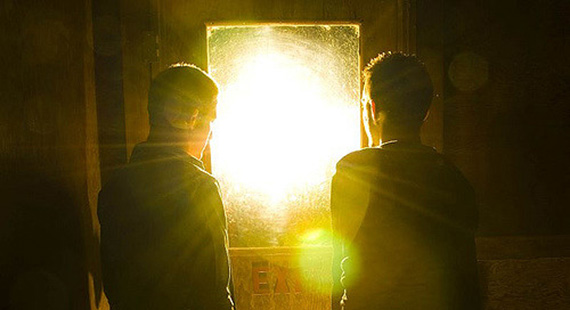
photo by Will Foster
What if I want to avoid lens flares?
Make sure the lens is shielded from bright light outside the picture area striking the front element. Ways to do this include using the black hood that came with your lens. This fits over the front and provides a protective barrier. No hood? Use your hand (make sure it’s not in the picture). A piece of card (often called a ‘flag’ in this application) or some object between the lens and the sun—a tree, post or other object to avoid a direct hit on the lens—usually works.
Any precautions in using a lens hood?
Mainly, be careful they don’t appear in the picture. Zoom lenses give more problems than fixed focal length lenses, because as the angle of view widens, the chance of getting the edge of the hood in the picture is greater. Therefore the supplied lens hood with a zoom lens is designed for the widest angle of view. As you switch to a longer focal length the use of an extended hood is possible. Of the round and petal shapes, petal shapes are better because the hood is designed to match the oblong shape of the sensor.
When is flare acceptable?
Artistic effects such as creating drama, a feeling of realism, in a silhouette, are all possible subjects where flare could help. Bright rays shining through trees—the early morning feeling—is an example of the so called veiling flare. This washes out color and contrast too but adds to the impression.
A word of warning. Use manual focus and experiment. Auto focus tends to latch onto the brightest part of the subject, which won’t be your intention with this kind of photography. You will need to look at the result to see if you’re getting the effects you want.
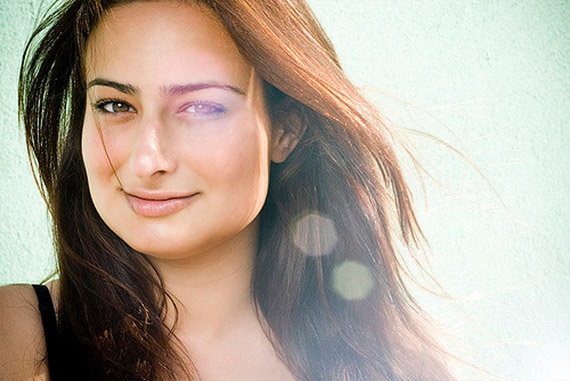
photo by Mustafa Sayed
Everything depends on your original intention and perception, as in all creative work, as to whether the effects are good or bad. Used effectively, flare is a good way of expressing a feeling of light and airiness, drama, morning, hope, freedom, amongst others. The best way is to achieve it is to go try it. Get out of bed early. Meet the sunrise, find a subject, put the light just outside the viewfinder and experiment. You may surprise yourself. And if you miss it you can always add it in later in software. (But the real ones look better.) Happy shooting.
About the Author
John Rundle is a professional photographer and recently retired head of photography at the Australian International College of Art. He teaches workshops on photographic topics in Australia and New Zealand. He is also active as a musician and musical director.
Go to full article: Stray Light and Lens Flares in Photography
What are your thoughts on this article? Join the discussion on Facebook
Article from: PictureCorrect
The post Stray Light and Lens Flares in Photography appeared first on PictureCorrect.
